I ended up using a utility from the platform sdk called dcomperm and using a custom action in WiX to do this as I don't think this functionality exists in WiX. It involved several steps to do this since it seems to be difficult to actually download the compiled tool.
I had to do the following:
- Download and install the platform sdk
- Create a new empty c++ project in visual studio (I used 2010)
- Add all the files in Program Files\Microsoft Platform SDK\Samples\Com\Fundamentals\DCom\DComPerm to the project.
- Change the runtime library to MT (Multi-Threaded). This is important because it will include necessary files in the exe compiled. Otherwise you have to install the vc++ redistributable package to use this tool. See below for screenshot on how to do this

- Create a custom action within WiX to run the following two commands (ExactaMobile was my username):
dcomperm.exe -dl set ExactaMobile permit
dcomperm.exe -da set ExactaMobile permit
The following custom actions are what I added to WiX:
<CustomAction Id='GrantDcomAccessPermissions'
Directory='ToolsFolder'
Execute='deferred'
ExeCommand='[ToolsFolder]dcomperm.exe -da set ExactaMobile permit'
Return='ignore'/>
<CustomAction Id='GrantDcomLaunchAndActivatePermissions'
Directory='ToolsFolder'
Execute='deferred'
ExeCommand='[ToolsFolder]dcomperm.exe -dl set ExactaMobile permit'
Return='ignore'/>
<InstallExecuteSequence>
<Custom Action="GrantDcomAccessPermissions" After="InstallFiles">NOT Installed</Custom>
<Custom Action="GrantDcomLaunchAndActivatePermissions" After="InstallFiles">NOT Installed</Custom>
</InstallExecuteSequence>
The following is a more complete usage list for dcomperm:
Syntax: dcomperm <option> [...]
Options:
-da <"set" or "remove"> <Principal Name> ["permit" or "deny"]
-da list
Modify or list the default access permission list
-dl <"set" or "remove"> <Principal Name> ["permit" or "deny"]
-dl list
Modify or list the default launch permission list
-aa <AppID> <"set" or "remove"> <Principal Name> ["permit" or "deny"]
-aa <AppID> default
-aa <AppID> list
Modify or list the access permission list for a specific AppID
-al <AppID> <"set" or "remove"> <Principal Name> ["permit" or "deny"]
-al <AppID> default
-al <AppID> list
Modify or list the launch permission list for a specific AppID
-runas <AppID> <Principal Name> <Password>
-runas <AppID> "Interactive User"
Set the RunAs information for a specific AppID
Examples:
dcomperm -da set redmond\t-miken permit
dcomperm -dl set redmond\jdoe deny
dcomperm -aa {12345678-1234-1234-1234-00aa00bbf7c7} list
dcomperm -al {12345678-1234-1234-1234-00aa00bbf7c7} remove redmond\t-miken
dcomperm -runas {12345678-1234-1234-1234-00aa00bbf7c7} redmond\jdoe password
Hope someone finds this useful considering I had a difficult time tracking down exactly how to do this.

